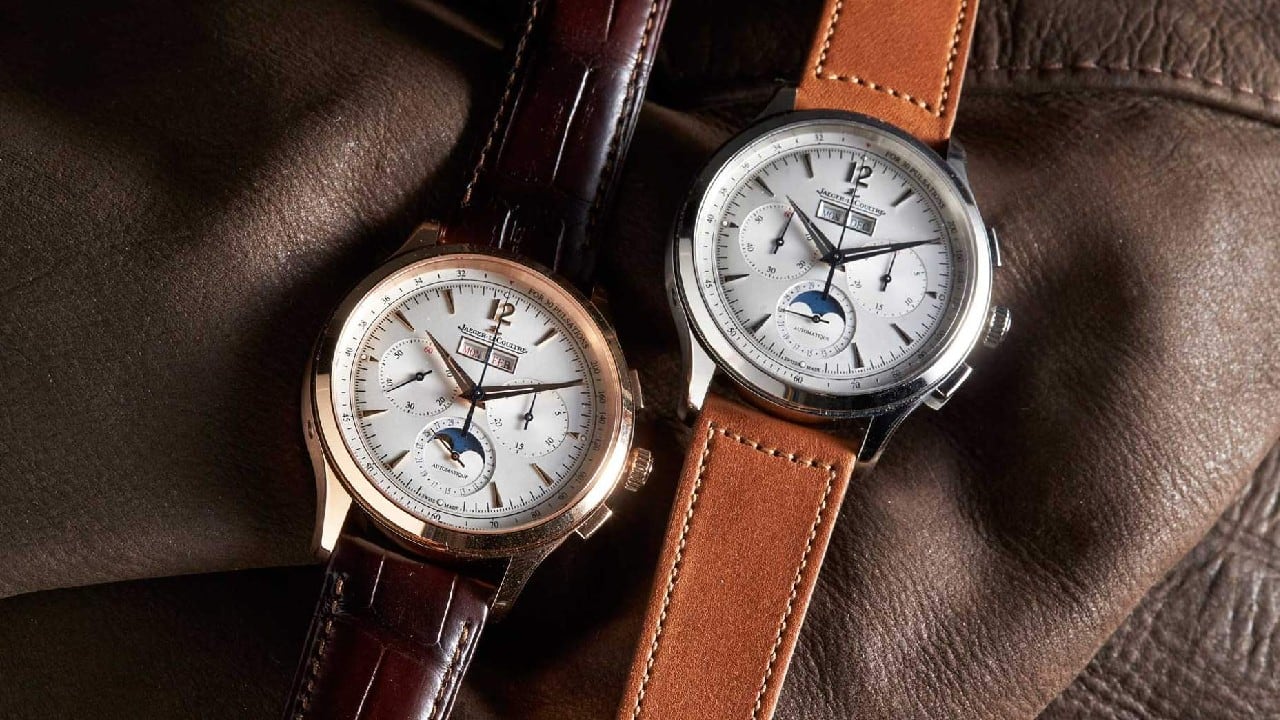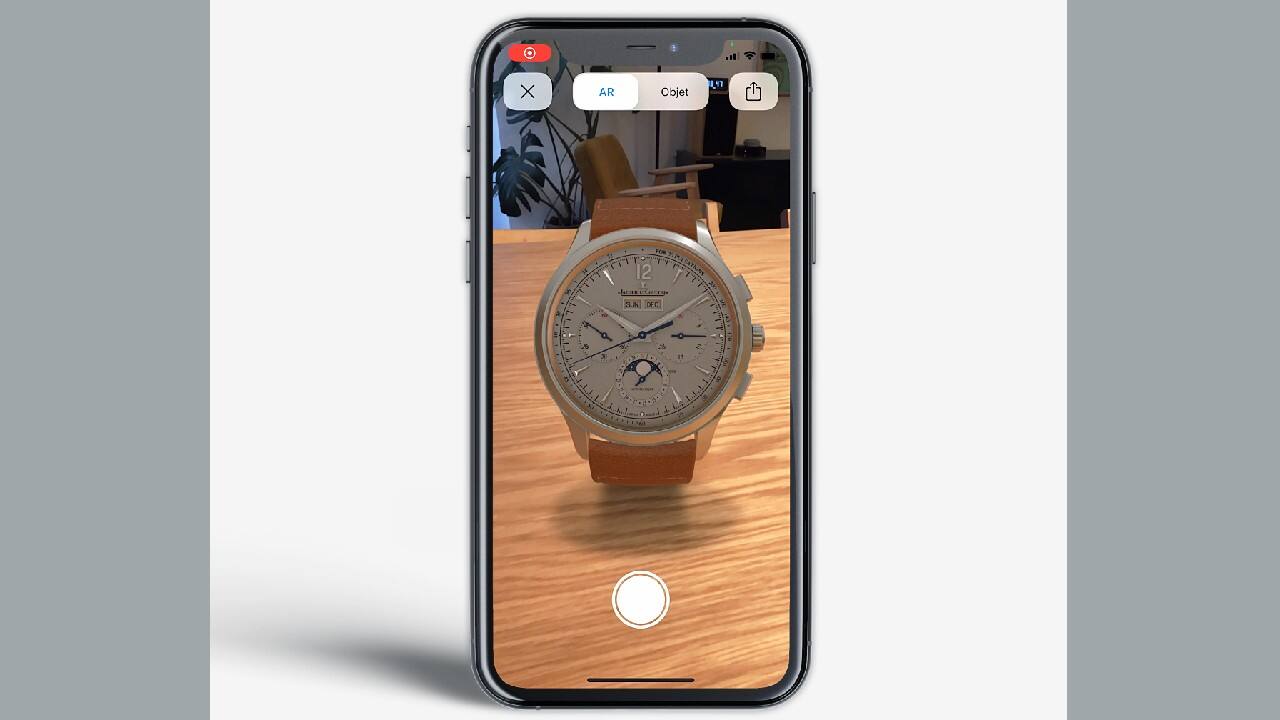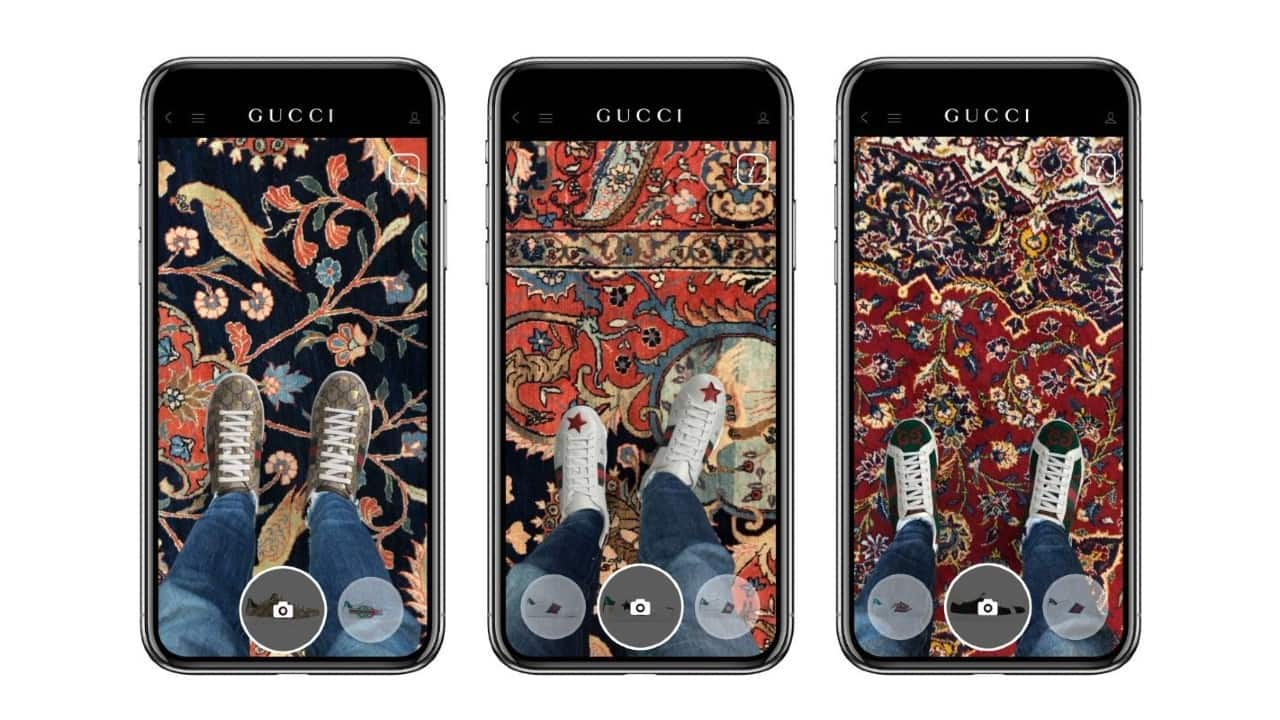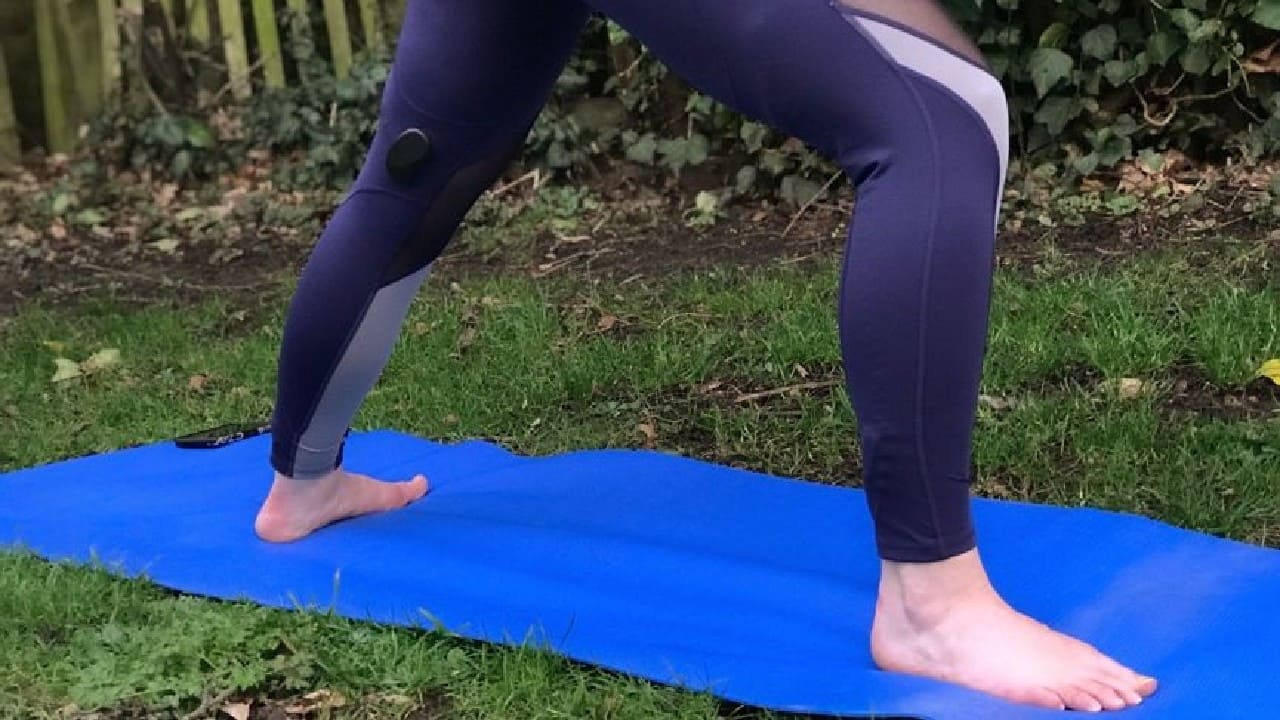



Over the past few years, even as most high street fashion brands and retail began early adoption of technology to reach new consumers, storied luxury brands continued to occupy a high pedestal, refusing to change the way they retailed or were consumed over the past century. They eschewed e-commerce, sticking to traditional physical stores and treated social media as a necessary evil, platforms on which they had a presence, but just about.
The year 2020 not just changed the way we live, eat, work and travel, but also the way we consume. It forced luxury brands to abandon their ivory tower and integrate tech in retail and consumer engagement.
 Jaeger-LeCoultre
Jaeger-LeCoultre
Among the ‘early’ adopters in the luxury watchmaking industry is Jaeger-LeCoultre (JLC), which has launched an AI-powered search feature in collaboration with Google. JLC consumers can discover one of its product novelties, Master Control Chronograph Calendar, in Augmented Reality by using Google search results.
When someone searches for the watch via a mobile device, the search result throws up a button that says, ‘View in 3D’. It enables users to see the watch at scale, embedded into its environment through a 360° view. The experience is available in all geographic regions. JLC will soon add more of its watches to the AR programme. Incidentally, Augmented Reality and 3D features are also available on the watchmaker’s website

Last year, $30 billion was put into AI worldwide (McKinsey report 2020). The push for tech integration hasn’t left any global brand untouched. Online luxury retailer Farfetch partnered with Gucci for The Store of the Future, which combines in-store retail technology and online fashion tech, helping the brand collect data on its customers, online and offline. The in-store technology enables luxury shoppers to use their smartphone to log in when they enter a store to receive personalised recommendations from the retail staff. The staff, in turn, can access their affluent customers’ profile, including purchase history and product wish lists.

Gucci has launched an Augmented Realty-powered virtual try-on feature, to allow customers to check what they will look like in a particular garment. Among its other innovations is an AR feature on the IOS app for shoppers to simply point their phone to their feet and see a digital image of the sneakers.
 BMW Customisation
BMW Customisation
Even BMW has leveraged AR to let purchasers customise their cars if they opt for a bespoke one. It allows 3D vehicle detection with real-time customisation of colours and rims and simulation of various seat combinations on iPad, among other features.
Brands such as Dyson and Knoll are working with AR-based app developer, Morpholio, to help their users create mood boards and visualise how certain objects would fit into their living room. Tech company MemoMi Labs’ Memory Mirror uses AR to allow shoppers in Nieman Marcus and outlets owned by LVMH to try on clothes virtually so that they can see exactly what a dress, a suit or a shirt would look like. “The idea is to create new experiences using an obvious object as the mirror, but without the limitation of the traditional mirror,” says Salvador Nissi Vilcovsky, the founder & CEO.
 Morpholio Mirror
Morpholio Mirror
While lockdowns and closure of physical space have been quoted as one of the reasons for the radical shift, the rise of millennial customers has also contributed. Digital consultancy company, Luxe Digital, estimates that in Australia, the UK and Asia, there has been a generational shift in luxury consumers, with affluent millennials and Gen Z representing 30 percent of all sales.
 Morpholio Mood Boards
Morpholio Mood Boards
“Augmented reality is defined as a technology that layers digital enhancements atop a consumer’s view of the real world and enables its user to interact with these enhancements. Luxury brands are using augmented reality in combination with their physical retail stores to elevate the shopping experience,” states its 2021 report on luxury retail.
In India, fashion and hospitality businesses have made the push for tech integration. As designer Anavila Misra told us in an earlier interview, “Inventory management, design inputs, data compilation and archiving and finally, creating a virtual experience as real as personal shopping are all part of the deal.”
In hotels, solutions such as keyless entry, online check-ins, QR codes, digital menus, contactless payments and digital communication and engagement tools are part of the DNA. JW Marriott Mumbai Juhu has introduced QR codes at critical touchpoints such as front desks, elevators, rooms, restaurants and recreational spaces, to ensure a complete contactless experience for guests.
Hyatt Hotels rolled out enhanced digital amenities through the World of Hyatt app that offers guests more control over how they connect with Hyatt. According to Julian Ayers, General Manager, Hyatt Regency Delhi & Area Vice President North India, the new features allow guests to manage preferences such as scheduling housekeeping, choosing between pick-up or knock-and-go food orders, a mobile entry key, and contactless check-in and checkout.
 Nadi X Yoga Pants
Nadi X Yoga Pants
How revolutionary is this change? I will illustrate with examples from the inflexible world of haute couture. Historically, fashion trend forecasting relied on luxury consumers’ past purchases to predict its future. Google deployed a similar experiment in partnership with German fashion brand Zalando. The neural network was trained to understand style preferences, colours and textures. The algorithm was then used to create designs based on users’ style preferences. The ultimate in luxury clothing is the ‘responsive luxury sportswear’, Wearable X, whose Nadi X yoga pants have built-in sensors to correct a users' posture by vibrating as they move through poses!


Discover the latest Business News, Sensex, and Nifty updates. Obtain Personal Finance insights, tax queries, and expert opinions on Moneycontrol or download the Moneycontrol App to stay updated!